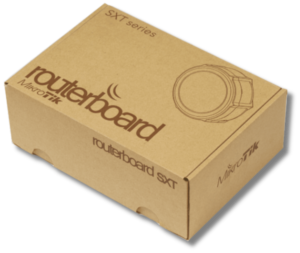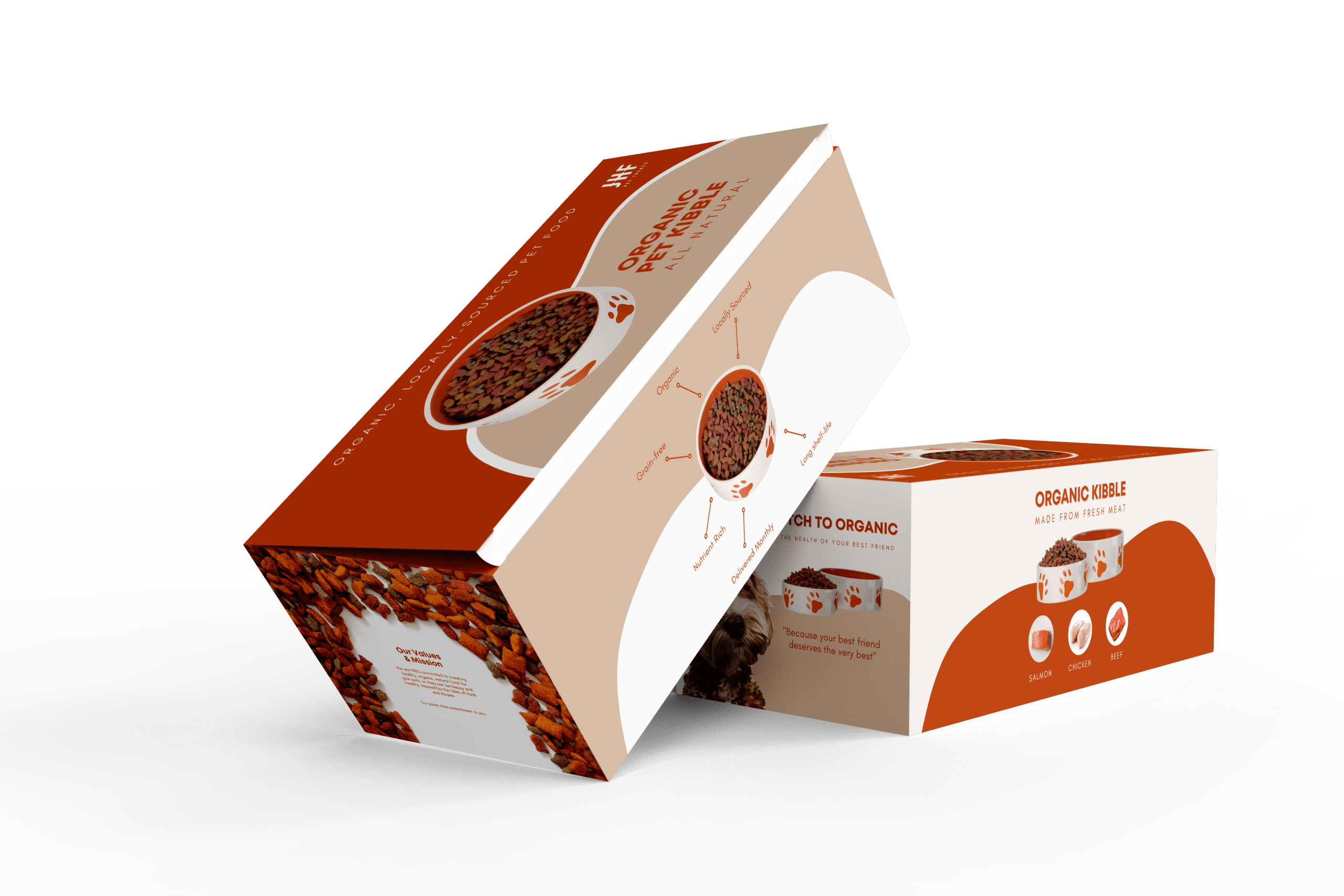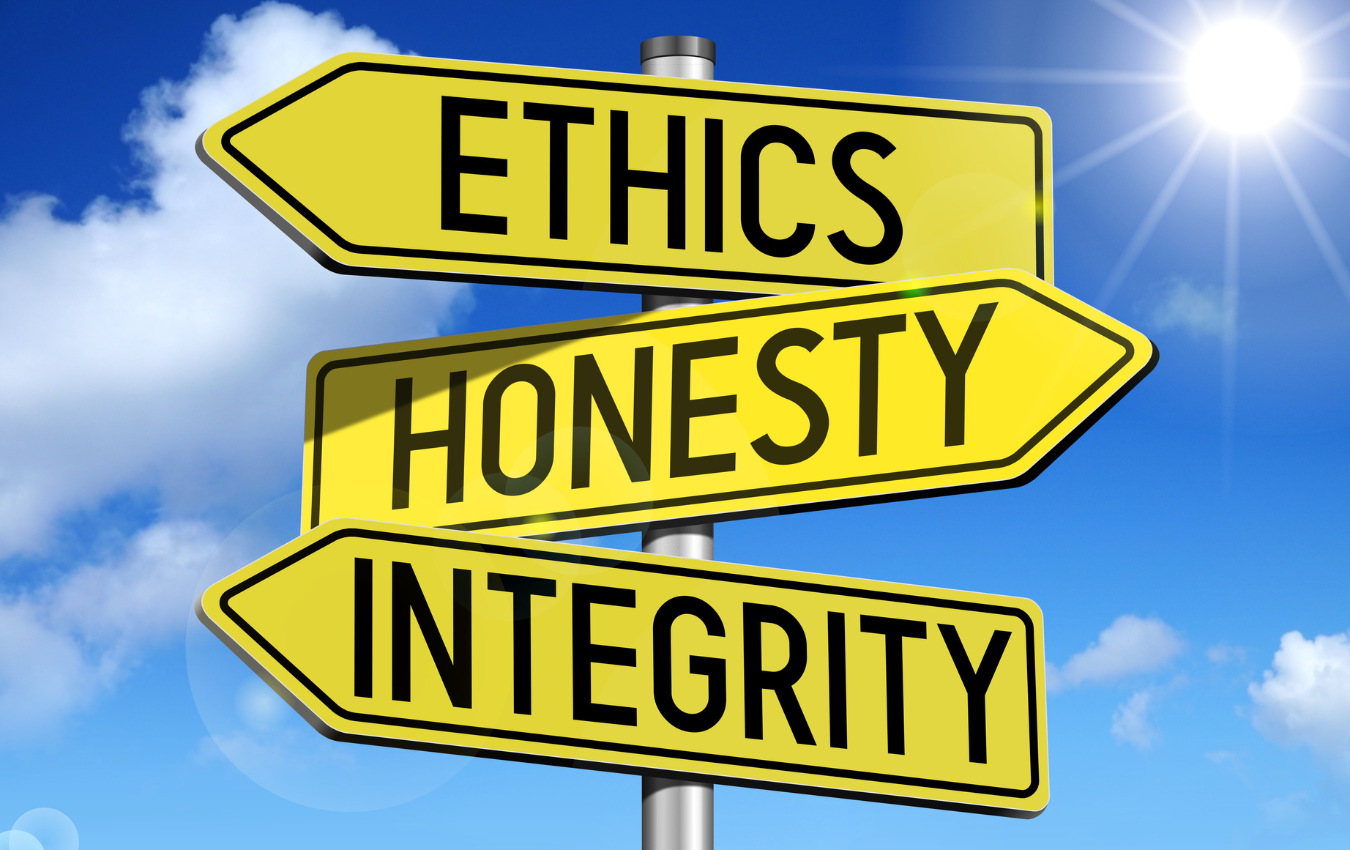Home » Short vs. Long Term Outcomes of Tariffs on Packaging Buyers
Short vs. Long Term Outcomes of Tariffs on Packaging Buyers
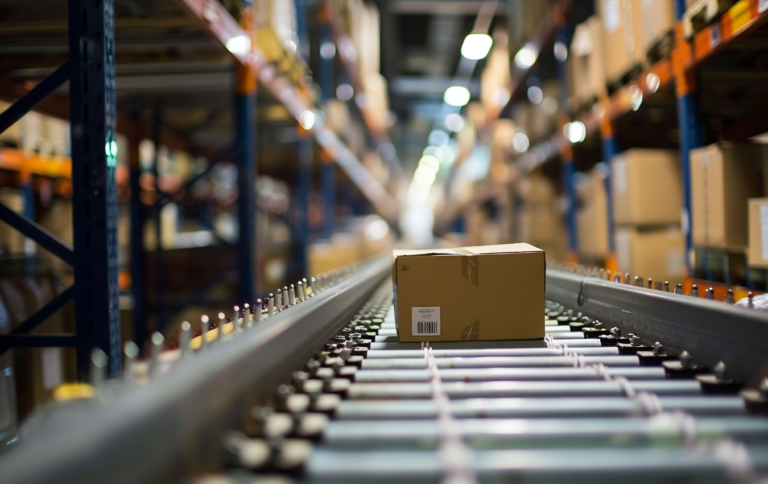
The implementation of tariffs in 2025 will have profound effects on packaging buyers, influencing costs, sourcing strategies, and supply chain dynamics. While the immediate impacts may present challenges, the long-term outcomes could offer opportunities for improved resilience and innovation. This blog examines how tariffs will affect packaging buyers in both the short and long term, providing actionable insights to navigate the changes effectively.
Short-Term Outcomes for Packaging Buyers
In the short term, tariffs are expected to create disruptions and increased costs for packaging buyers as they adjust to new sourcing realities.
Rising Costs
One of the most immediate effects of tariffs is the increase in costs for packaging materials and products imported from international suppliers.
- Impact on Budgets: Buyers may face higher procurement costs as tariffs are added to the price of materials like corrugated cardboard, plastics, and aluminum.
- Pass-Through Pricing: Suppliers may pass these cost increases to buyers, further straining budgets.
Supply Chain Disruptions
Shifting to domestic sourcing in response to tariffs can lead to temporary supply chain issues.
- Material Shortages: Domestic suppliers may struggle to meet increased demand in the short term.
- Longer Lead Times: Adjustments in sourcing strategies can extend timelines, particularly for custom or high-volume orders.
Limited Supplier Options
Buyers accustomed to a global network of suppliers may find fewer domestic options with the capacity or variety they require, leading to challenges in securing the desired materials or products.
Procurement Complexity
Tariffs add a layer of administrative burden as buyers must navigate new costs, compliance requirements, and potential renegotiations with suppliers.

Long-Term Outcomes for Packaging Buyers
While the short-term impacts of tariffs are challenging, the long-term effects may present opportunities for improved operations and supply chain resilience.
Stronger Domestic Supply Chains
As tariffs encourage local sourcing, the packaging industry may see growth in domestic manufacturing capacity and capability.
- Improved Reliability: Domestic suppliers are less vulnerable to global disruptions, such as shipping delays or geopolitical issues.
- Reduced Lead Times: Over time, investment in domestic production could streamline delivery schedules and enhance consistency.
Cost Stabilization
Initially, tariffs will drive up costs, but long-term adjustments may bring stabilization:
- Economies of Scale: Increased demand for domestic materials could lead to cost reductions as suppliers scale up production.
- Technological Advancements: Domestic manufacturers may invest in automation and innovation to improve efficiency and reduce expenses.
Sustainability Benefits
Local sourcing aligns with environmental goals by reducing the carbon footprint associated with long-distance transportation.
- Eco-Friendly Packaging Options: Many domestic manufacturers emphasize sustainable practices, offering buyers more options to meet their green initiatives.
- Consumer Appeal: Using locally sourced and sustainable packaging can resonate with environmentally conscious customers.
Encouragement of Innovation
Tariffs may push buyers and suppliers to explore innovative packaging solutions to offset increased costs.
- Optimized Designs: Lightweighting and right-sizing strategies can reduce material usage.
- Alternative Materials: Recycled or mono-material options could become more popular as buyers seek cost-effective, domestic alternatives.
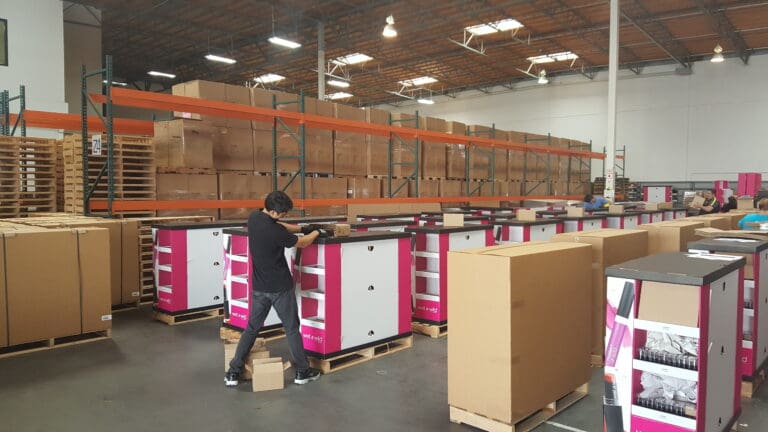
Adapting to Short- and Long-Term Changes
Packaging buyers can take proactive steps to navigate both the short-term disruptions and long-term opportunities presented by tariffs:
Short-Term Strategies:
- Diversify Supplier Base: Build relationships with multiple domestic and international suppliers to reduce reliance on a single source.
- Plan for Lead Times: Adjust procurement schedules to account for potential delays during the transition period.
- Negotiate Contracts: Work with suppliers to establish pricing agreements that minimize the immediate impact of tariffs.
Long-Term Strategies:
- Invest in Sustainability: Leverage tariffs as an opportunity to adopt sustainable materials and practices, meeting both regulatory and consumer demands.
- Optimize Inventory Management: Use advanced forecasting tools to maintain optimal stock levels and avoid last-minute orders.
- Collaborate on Innovation: Partner with suppliers to develop innovative packaging solutions that balance cost and functionality.

Conclusion
The short-term effects of tariffs on packaging buyers will likely involve increased costs and supply chain adjustments, but the long-term outlook offers potential for stronger supply chains, cost stabilization, and innovation. By preparing for both immediate disruptions and future opportunities, buyers can position themselves for success in the evolving packaging landscape. Strategic planning, flexibility, and a focus on collaboration will be key to thriving under the new tariff environment.
if you are interested in packaging solutions to optimize your packaging, then partner with Brown Packaging today to get started.
RSC boxes are known for their efficiency and versatility, but their performance ultimately comes down to strength. Buyers often see numbers like ECT, BCT, and burst strength on specifications —
In packaging, foam isn’t just about initial protection — it’s about maintaining performance over the entire shipping or storage cycle. Compression set and recovery characteristics determine whether foam continues to
Pouches are a go-to for flexibility and convenience, but they can fail in critical ways—from poor seals to punctures and delamination—that hurt performance and brand reputation. Understanding these failure points
In the retail environment, the placement of Point of Purchase (POP) displays is just as critical as their design and content. Strategic positioning can significantly influence consumer behavior, increase product
Home » Short vs. Long Term Outcomes of Tariffs on Packaging Buyers


